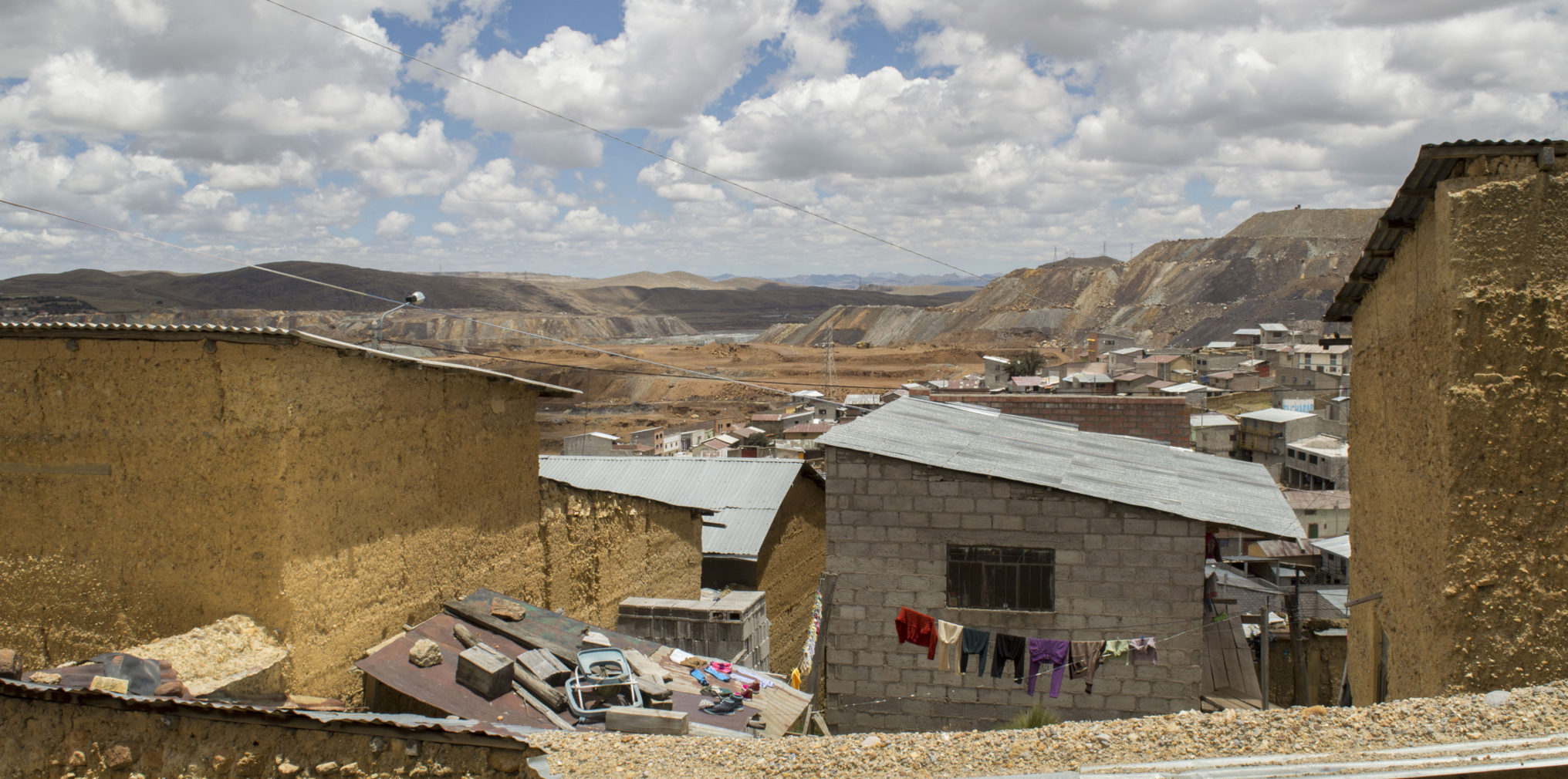
Peru is the world's second largest zinc, silver, and copper producer and accounts for a whopping 11.2 percent of the Earth's zinc output. But with lax regulation and an incipient environmental watchdog, the federal government has yet to solve a decade-long water crisis in the San Juan sub-basin that originates in the city of Cerro de Pasco.
Ricardo Martinez spent two weeks at 4,300 meters around Cerro de Pasco, Peru, on assignment for the Pulitzer Center. In the San Juan sub-basin, nearly 100,000 people have to endure heavy metal pollution every day as it spreads in the 936 km2 watershed—and many kids are slowly dying.
Apart from the project's two multimedia stories, a brief timeline of the mine is necessary to better understand the history and current state of mining in the region and the dire water crisis.
1821: Peruvian independence. The area around Cerro de Pasco had primarily been mined for silver under Spanish colonial rule.
1902: An American company, Cerro de Pasco Copper Corporation, acquires the mines.
1921: A body of water once named the Lagoon of the Gulls begins to be used for storing mining waste. It will become the Quiulacocha tailings dam, named for the adjacent town. A startling neon orange, it is currently the most polluted and polluting tailings dam around Cerro de Pasco.
1974: Cerro de Pasco Copper Corporation is nationalized under President Juan Velasco Alvarado.
1996: The first study about high lead levels in the local population's bloodstream is published, sponsored by Peru's National University. It finds lead levels higher than World Health Organization (WHO) limits in children aged 14 to 16. From 1996 onwards, dozens of further studies will reveal the extent of heavy metal contamination in residents of the area.
1999: Alberto Fujimori's government sells the mining assets to private company Volcan Compañia Minera. Volcan does not acquire the environmental liability of the Quiulacocha tailings dam.
2008: Peru's congress passes a law to relocate most of the affected communities around the mine in Cerro de Pasco. It was never upheld, as neither Volcan nor the government were willing to finance the operation.
2012: The Health Ministry declares a 180-day state of emergency, which lays out specific actions by multiple government ministries to contain the pollution crisis. District authorities say the list of measures stipulated by the Health Ministry was not completed. Those that were, they say, did not alleviate the critical situation of affected residents.
2015: Local authorities organize the first "sacrifice march." Their letters to central government so far unanswered, residents of Cerro de Pasco walk over 250 kilometers to the capital, Lima, in protest.
2016: A new government led by Pedro Pablo Kuczynski holds a roundtable with bureaucrats from various ministries and local authorities from Cerro de Pasco. The latter say the government representatives did not seem familiar with the issue, and the talks were a waste of time.
2017: Another sacrifice march ends with Cerro de Pasco residents chaining themselves outside the Health Ministry for days. Though the government shows signs of finally taking action, the only clean-up project Cerro de Pasco receives is of the tailings pile Excelsior, which is set to be ready by December 2019. The neon-orange Quiulacocha dam remains untouched and continues to leak contaminated water into the San Juan Subbasin's main rivers and tributaries.
2018: On March 10, 2018, the Health Ministry declared a new 90-day health state of emergency in 12 districts in the area—it envisions an integrated health effort to diagnose and treat ailing children in Peru and internationally. Authorities say it will be extended 90 days come June. A new environmental state of emergency was also declared by the Environment Ministry in March and the Housing Ministry will provide citizens in the districts with water during the period, say local authorities. And a remediation assessment for the neon-orange Quiulacocha, which has been in the works for years, was expected to be announced by end-April by local authorities. However, it is not clear when it will move forward.






